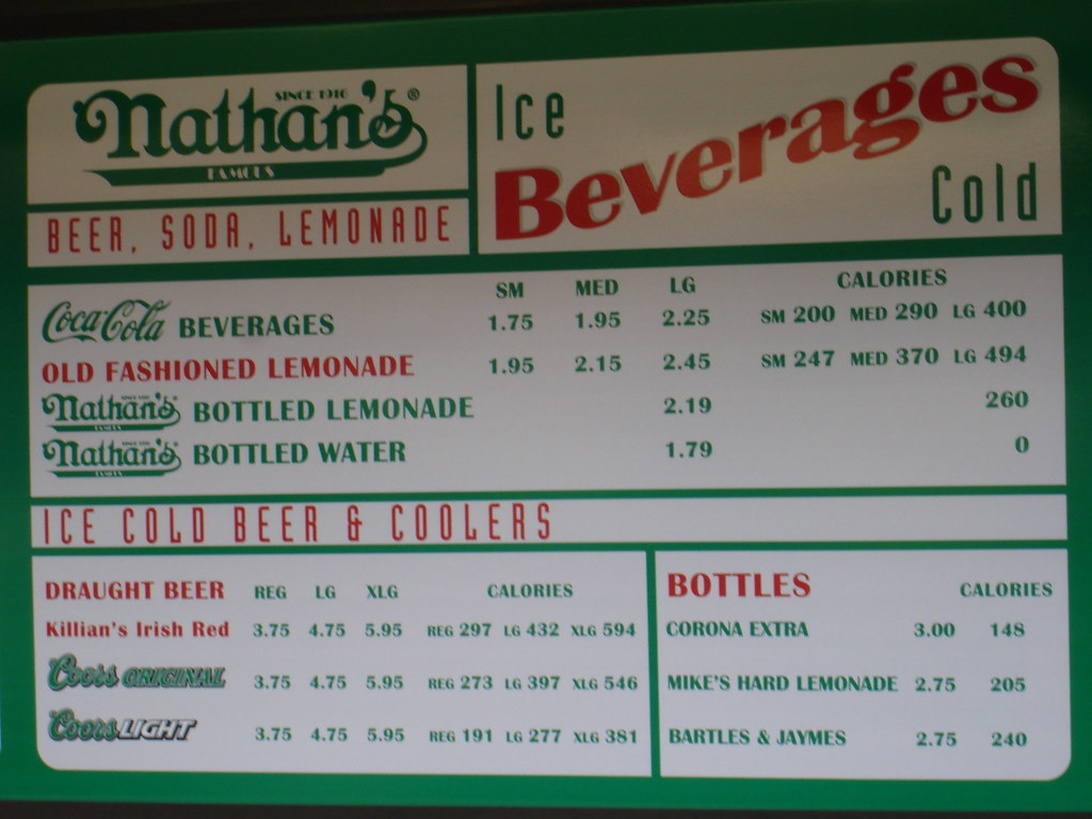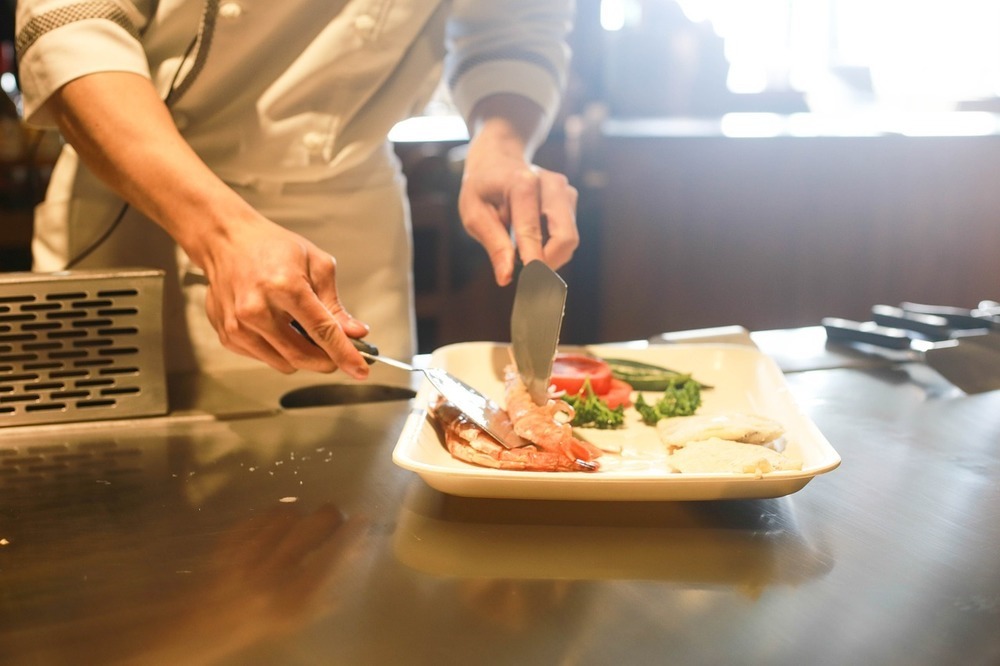Home
Recent Posts
Restaurant menus are far more than simple lists of dishes. They’re strategically designed tools, crafted to influence your choices and boost a restaurant’s success. By understanding menu psychology, restaurant owners and managers can increase sales, improve customer satisfaction, and build a stronger brand. Menu Psychology: Guiding Your Choices Menu psychology, also known as ‘menu engineering,’ blends psychology, marketing, design, and economics. It explores how customers interact with menus – how they read, what influences their decisions, and how restaurants can optimize those choices. Introduced by Albin Seaberg in 1971, this isn’t a new concept, but one refined over decades, as seen in research by the Restaurant Resource Group. It’s not about trickery; it’s about creating a menu that’s clear, engaging, and presents dishes appealingly. Visual Layout and How We Read On average, customers spend a mere 109 seconds scanning a menu. During this brief time, our eyes follow predictable patterns. One common theory is the ‘Golden Triangle’: our gaze starts in the middle, moves to the upper right, then to the upper left, as highlighted by Posist. Others propose Z- or F-shaped patterns. Regardless, certain ‘hot zones’ are prime real estate for high-profit items or dishes the restaurant wants to promote. Pricing Strategies Pricing is a powerful tool in menu psychology. Restaurants use subtle techniques to guide your perception. Smart Pricing Tactics A common tactic is removing currency symbols. This minimizes the ‘pain’ of spending, making prices seem less prominent, a technique discussed by Mental Floss. Some research even suggests that writing out prices (e.g., ‘twelve’ instead of ‘$12’) can encourage higher spending. Prices ending in .95 might feel ‘friendlier,’ while upscale restaurants often use round numbers to convey exclusivity (Posist). The Power of Decoys Another strategy involves ‘price anchors,’ or ‘decoys.’ A very expensive dish, like a lavish seafood platter, makes other items appear more reasonable, a concept explored by WIRED. This plays on our tendency to avoid extremes. A $200 bottle of wine makes a $75 bottle seem much more reasonable, even if both are above what you’d normally spend. Language and Visuals The words used to describe dishes are just as vital as pricing. Detailed, enticing descriptions can boost sales by up to 30%, as reported by the BBC and Mental Floss. Writing to Entice Sensory words like ‘juicy,’ ‘creamy,’ ‘hand-crafted,’ or ‘locally-sourced’ stimulate the appetite and create a perception of quality (WISK). Briefly mentioning a dish’s origin or unique ingredients can also make it more appealing. Consider ‘Grilled Salmon’ versus ‘Succulent, Line-Caught Alaskan Salmon, Grilled to Perfection, Drizzled with a Lemon-Herb Butter.’ The latter creates a far more vivid and enticing image. Even the font choice plays a role; italic fonts can convey elegance, while rounded fonts may be linked to sweetness (BBC). The Role of Images Pictures can be powerful, but should be used carefully. A single, well-placed photo can increase a dish’s sales by up to 30% (Mental Floss). However, too many images can create a cluttered, downmarket feel, which is why high-end restaurants often use them sparingly or not at all (Dojo Tech). Digital menus with high-quality, moving images can be very effective, though. Strategically placed photos of signature dishes are often more persuasive than a menu filled with images. Design and Overall Atmosphere Colors used on the menu and throughout the restaurant impact mood and appetite. Red and yellow can stimulate appetite and grab attention, while blue and green may promote calm and a sense of health, as discussed by Future Food. Darker colors can communicate exclusivity. The overall atmosphere, including music and scents, also matters. The Guardian notes that classical music can boost sales of expensive wines, and slower music might encourage guests to stay longer. These elements should complement the menu design. A menu highlighting healthy options might use a green color scheme and calming design. Strategic Color Use Within the menu itself, color can highlight sections or dishes. A subtle green background for vegetarian options reinforces their association with freshness. A warm color like orange could draw attention to specials or high-profit items. Choice and Menu Layout Offering too many choices can overwhelm customers, leading to decision fatigue and lower satisfaction. Research suggests an ideal number of dishes per category: around six for fast-food restaurants, and seven starters/desserts and ten main courses for finer dining, according to The Guardian. Limiting choices simplifies decisions and boosts satisfaction. Clear categories also make navigation easier. The Digital Age of Menus Digital technology offers exciting new avenues for menu psychology. Digital menus can be personalized, show moving images, and even use AI to predict preferences (BBC). This allows for further optimization and a tailored dining experience. Restaurants are using tablets that display different menus based on time of day or a customer’s past orders. Dynamic pricing, adjusting prices based on demand, is also becoming more prevalent. Menu Engineering Software and Tools The rise of digital menus has spurred the development of specialized software. Tools like Wisk, Upserve, and Toast provide data analysis, track item performance, and identify optimization opportunities. They help determine ideal pricing, placement, and descriptions, maximizing profit and customer satisfaction. Experimenting and Improving Menu psychology is an evolving field. Restaurants can use A/B testing to experiment with designs and track results. For instance, a restaurant might create two versions of their dessert menu: one with photos and one without. They could then track which version leads to more dessert orders over a set period. This data-driven approach allows for continuous improvement. Keeping up with Menu Psychology Restaurants can also use sales data, customer feedback, and industry trends. Following restaurant and food publications and blogs and analyzing the competition’s menus and marketing are also great ways to keep up-to-date. The Evolution of Menu Psychology Menu psychology is a dynamic, ongoing process. By analyzing sales data, testing designs, and staying informed about current research, restaurants can refine their menus for maximum impact. A well-designed menu is a worthwhile investment, leading to increased customer satisfaction, a stronger brand, and higher profits. It’s about creating a menu that informs, inspires, and engages – making it an integral part of the dining experience. Restaurant owners should regularly review their menus, track item performance, and be open to trying new strategies. 2025-03-11
For restaurant workers, finding suitable cigarette alternatives can be crucial given that traditional smoking is often discouraged in the workplace due to health concerns and smoke-free policies. Fortunately, several alternatives offer a satisfying experience without the drawbacks of cigarettes. Nicotine Pouches Nicotine pouches are a smokeless alternative that provides a quick nicotine fix without the need for spitting. They are readily available online at stores such as Nicotinos, and they come in various flavors and strengths, making them discreet and convenient for short breaks. This option is ideal for those looking to quit smoking but still craving nicotine. Vaping E-cigarettes or vapes offer a smoke-free alternative that can be used in many places where smoking is prohibited. With adjustable nicotine levels and a range of flavors, vapes can be customized to individual preferences. However, it’s important to be aware of the regulations regarding vaping in different areas. Chewing Gum or Lozenges Nicotine gum or lozenges offer a non-smokeless way to manage nicotine cravings. They stimulate the mouth, which can be helpful for those who miss the hand-to-mouth action of smoking. These products also come in various different flavors and strengths, providing a flexible solution for managing cravings on the go. 2024-09-22
Decor speaks volumes when it comes to the hospitality industry. It is the first impression patrons will have of your restaurant and can set the mood for the entire dining experience. That’s why you should exercise due diligence when selecting one. As you may expect, wallpassion.co.uk boasts some awesome wallpaper designs that can elevate your restaurant’s interior design. Here, you can find pieces of different styles, including vintage, retro, and country wallpapers. And the pattern choices at wallpassion.co.uk will also spoil you, with floral, leaf, striped, animal, and plain wallpapers all available. Why Wallpaper for Your Restaurant? There is no denying that choosing wallpaper over paint is a matter of aesthetic preference. However, wallpaper offers many other perks, making it a far superior choice. Easy to maintain: A wall with wallpaper is easier to clean than a painted one. In fact, wiping your wall with a cloth dampened in soapy water is all you may need to keep your restaurant super clean. Durable: A restaurant is typically busy, and traffic can be very high sometimes. Hence, it would help if you had something that can withstand the hustle and bustle of your space, and nothing fits that bill better than wallpaper, especially a vinyl piece, which you can also find at wallpassion.co.uk. Besides being washable, they are scrape-resistant. Diverse designs : With wallpaper, you have almost endless design options to choose from. From bold statements to intricate patterns and everything in between, there is a design for every restaurant concept or theme. Restaurant Wallpaper Ideas Here are some wallpaper ideas you may want to try in your restaurant. Statement walls: You can dedicate one wall to a standout wallpaper design to create a focal point, even for diners who love snaps. Cuisine connection: Consider a design that can hint at the cuisine type served at your restaurant. For instance, azure blues can be suitable for a Mediterranean-themed eatery. Acoustics: You have probably come across wallpaper with sound-dampening textures. This can make conversations more intimate while dining. 2024-03-24
When you visit a restaurant, you encounter signs outlining the do’s and don’ts. For instance, most eateries in the UK will explicitly tell you that smoking is prohibited, especially while dining indoors or in areas where people gather. As a result, customers are always looking for ‘safer alternatives’ that will see them have their nicotine hits without raising eyebrows or breaking the law. Use of Nicotine Pouches in Restaurants Nicotine pouches are a discreet alternative to traditional tobacco products such as cigarettes and vape pens. While pouches are viewed mainly as safer alternatives to cigarette smoking, their use in eateries often sparks controversy. Zyn Snus pouches are designed for personal use. Whether they can be used in a restaurant is primarily informed by the restaurant’s specific policies regarding nicotine use. Well, nicotine pouches are welcomed in most eateries. But as always, it is always worthwhile to make a quick call to the restaurant before paying them a visit to check. Interestingly, it’s not only customers who fancy using nicotine pouches; restaurant attendants use nicotine pouches for varied reasons. Using flavoured brands like Zyn Snus can be a good way of coping with the job’s demands. As people seek convenient and less obstructive ways to get their nicotine hits, here are some standout reasons why Zyn Snus pouches are highly adaptable to restaurant environments. Convenient and discreet Do not impact the quality of air in the eatery They are available in a variety of hits and flavours for diverse consumer preferences Final Thoughts The use of nicotine pouches is a growing trend that attracts varied challenges and considerations. As society navigates through the practicality of nicotine pouches in public spaces, it is the solution that caters to both individual freedoms and the broader community interests. And the good news is that pouches aren’t prohibited in most public places, restaurants included. 2024-01-05




